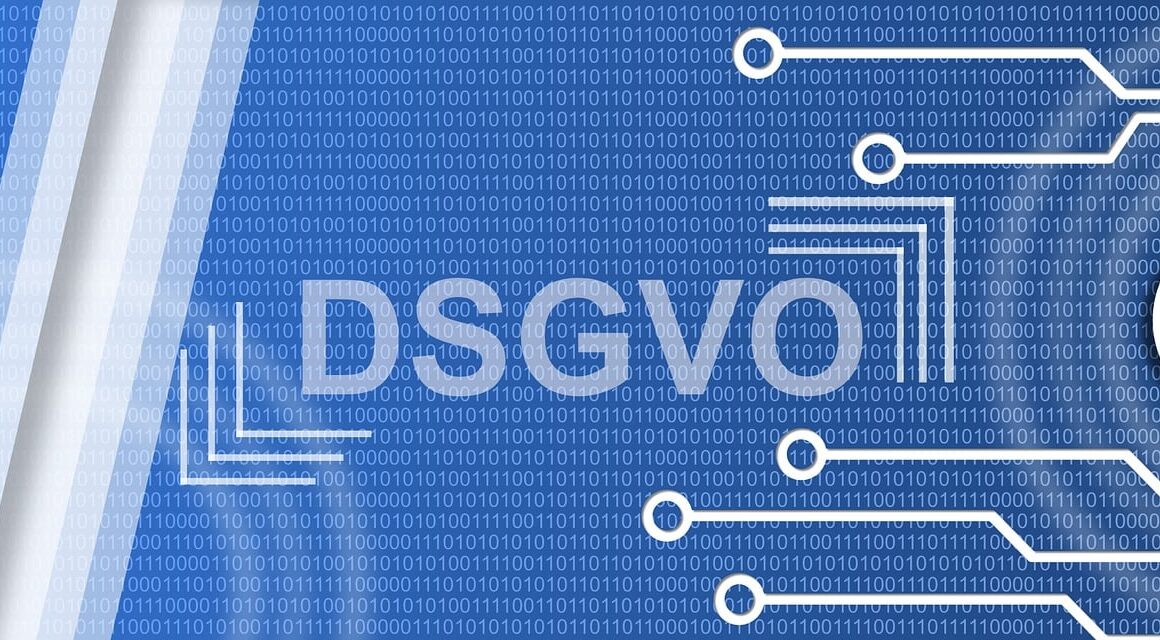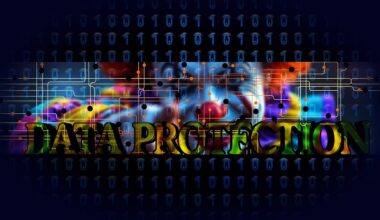How to Back Up Your LinkedIn Data Safely
Protecting your personal data on LinkedIn is increasingly vital in today’s digital landscape. The first step towards ensuring your data is safeguarded is to utilize LinkedIn’s data export feature. This feature enables you to access your data in a controlled manner. To start this process, log into your LinkedIn account, then navigate to the ‘Settings & Privacy’ section. Under the ‘Data Privacy’ tab, locate the ‘Get a copy of your data’ link. From here, you can select specific data types such as connections, messages, and profile details. After making your selections, click ‘Request Archive’ and follow the prompts. LinkedIn will prepare your data and email you a downloadable link. It’s essential to save this information securely on your personal device. Consider using encrypted storage solutions to prevent unauthorized access. Regularly backing up your data is a proactive approach to privacy management, helping you restore important information when needed. Remember, safeguarding your data extends beyond merely downloading it, so be vigilant about monitoring your LinkedIn account for any unusual activity or unauthorized access.
Another important aspect of LinkedIn data protection involves understanding the privacy settings available on your profile. Ensuring that your profile visibility is tailored to your exact needs can significantly increase your data safety. Under the ‘Visibility’ tab in the privacy settings, you can choose who can see your profile and whether your activity is visible to others. Additionally, manage who can see your connections. Keeping your connections private can prevent competitors or malicious actors from easily collecting information about your professional network. Another strategy is to limit public visibility of your profile; consider adjusting settings so that only your connections or your network can view your profile details. Furthermore, be mindful of the information you share in posts, comments, or updates. Regularly reviewing what is public could minimize risks. Making adjustments to your privacy options not only enhances your security but also instills deeper confidence in using the platform. Therefore, take the time to familiarize yourself with these options until you feel comfortable navigating through LinkedIn while prioritizing privacy.
Utilizing Third-Party Tools for Backups
Using third-party tools can be a game-changer for creating backups of your LinkedIn data. Various applications are designed to help users export and manage their connections, messages, and job history more efficiently. Research reliable options, such as LinkedIn data scraper tools, which provide additional features amidst LinkedIn’s own export capabilities. Ensure that these tools come from credible sources with positive reviews and security certifications before installing or subscribing. While using such applications, be cautious and always understand the terms and conditions, along with how your information will be utilized. Some tools might require logging into your LinkedIn account directly, so safeguarding your credentials is a priority. Choose applications that offer robust end-to-end encryption for any data shared to ensure maximum protection. Regular interfaces allow you to synchronize your data efficiently without requiring frequent manual actions. Ultimately, leveraging third-party solutions can simplify the backup process, and help remove the stress of data management, while also ensuring that you’re prepared for unforeseen account issues or data loss scenarios.
In addition to using third-party tools, maintaining an organized offline record can serve as a complementary method to your backup strategy. This system involves regularly saving key files and documents from your LinkedIn account onto your local computer or an external drive. Start by creating folders organized by year or professional milestone. For instance, save job applications, resumes, and important messages exchanged on LinkedIn. Using word processors or applications like Google Docs could assist in documenting and storing information, while also providing easy editing options for ongoing updates. Employing standard formatting styles can help you keep track of changes over time. Additionally, consider exporting your connections list every few months to maintain an up-to-date account of your professional network. This document can serve as crucial information in case of a data breach or account compromise. Strive to harness the combination of online data export features and offline organizational systems to bolster your data security measures comprehensively. Maintaining control over this critical information ensures that all necessary data is readily available when needed.
Monitoring Account Activity Regularly
Monitoring your LinkedIn account is a crucial step in maintaining privacy and security. Being proactive about tracking your account activities allows you to spot anomalies that may indicate unauthorized access. LinkedIn provides alerts for various activities, such as login attempts from unknown devices or changes to account settings. Configure these notifications to receive real-time updates for any suspicious activity. Take time to familiarize yourself with the ‘Where You’re Signed In’ feature. This section shows all devices currently logged into your account. If you notice anything unfamiliar, log out from those sessions immediately. Consider changing your password frequently, implementing a strong password that combines letters, numbers, and symbols. Two-factor authentication adds an extra layer of security by requiring a second verification step upon logging in—a crucial best practice to enhance account security. Regularly reviewing your settings and account activity not only protects your information but also reinforces awareness of your overall online presence. As data security threats continue evolving, adapting your monitoring habits accordingly is essential for maintaining a safe LinkedIn experience.
The importance of privacy is not just a personal matter; it extends to your professional relationships on LinkedIn as well. Educating your connections about privacy and data protection creates a more secure online environment for everyone involved. Share tips about securing accounts, managing privacy settings, and the significance of being aware of suspicious activities. This engagement can be as simple as sharing articles, conducting webinars, or discussing these topics during networking events. By promoting a culture of awareness, you foster open dialogues about privacy responsibilities among your connections. Ensuring that the people in your professional ecosystem are also vigilant strengthens the overall resilience against data breaches and hacks. Additionally, encouraging connections to regularly review their privacy settings contributes to a more justifiable protection across your networks. Ultimately, this sense of community fosters a better understanding of online risks and the strategies required to mitigate them effectively. As professionals spend an increasing amount of time online, cultivating safe practices through education is not just helpful but imperative for a successful and sustained professional experience.
Conclusion: Taking Control of Your LinkedIn Privacy
Taking proactive measures to back up your LinkedIn data and secure your account is fundamental in today’s connected world. It is not merely about managing personal data but also about safeguarding your professional identity. By utilizing LinkedIn’s built-in features, employing third-party tools, maintaining organized offline records, and continually monitoring your account, you can significantly enhance your privacy. Furthermore, engaging your network in discussions around data protection promotes collective awareness and resilience against potential threats. As the social media landscape continues to evolve, so must your strategies for privacy and data safety. Make it a habit to regularly review your approaches and embrace new technologies and practices as they become available. This adaptive mindset will better equip you to navigate the complexities of social media privacy while ensuring that your valuable data remains secure. You hold the ultimate responsibility for your online presence, so prioritizing safety and security is essential. By taking these steps, you empower yourself and contribute to a more secure experience for everyone using platforms like LinkedIn.


